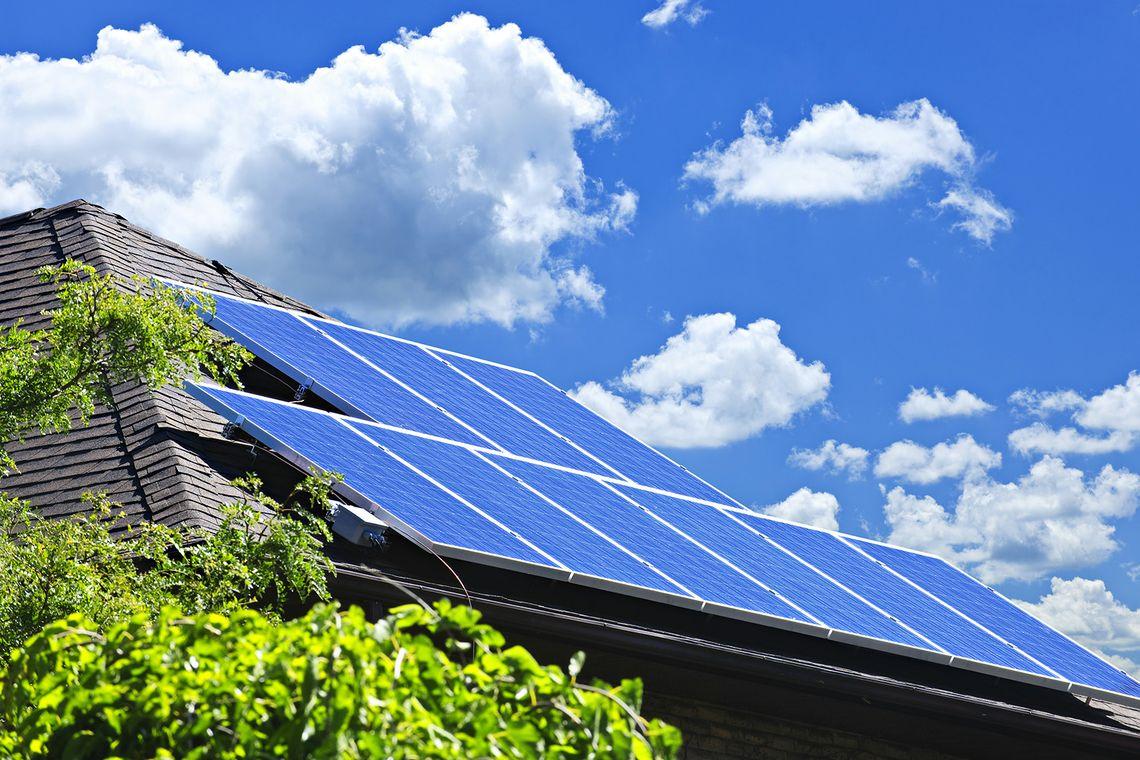Your Top 5 Questions to Going Solar, Answered
SCE has been helping take the mystery out of going solar for 20 years.

Originally posted on Inside Edison
In 1998, Southern California Edison started connecting its first home solar customers to the electric grid. And, as the cost of solar panels goes down, more people are making the move to solar. Naturally, many of them have questions. Below are answers to five of the most commonly asked questions about going solar.
1. What are the benefits of going solar?
Solar energy can help reduce your monthly electric bill. It also helps clean our air and environment.
2. Are there any ways I can offset some of the cost of installing solar panels?
Yes, you might qualify for a Federal Tax Credit. This can help offset up to 30 percent of the cost of solar panels and installation. You should talk with a tax professional to help you determine your Federal Tax Credit eligibility. You’ll also want to decide what makes the most financial sense for you for your solar system — buying, leasing or entering into a power purchase agreement.
3. If I put solar panels on my home, will I still receive a monthly electric bill?
Yes, your solar panels will only work when the sun is out. Once your solar system is installed on your home, the last step is connecting it to the electric grid. The electric grid will supply you with power at night and when it is cloudy out.
4. How do I know solar panels are a good fit for my home?
There are several factors to take into account when deciding if your home is a good fit for solar panels:
- Your home should have clear access to the sun for most of the day and throughout the year. If your rooftop can’t be used, you might be able to, under the right conditions, place the panels on the ground.
- In Southern California, a south or southwest-facing roof will give you the most amount of sun.
- You’ll need to determine if you have enough space on your roof for the solar panels to fit. There isn’t a one-size-fits-all solution. The size of the solar system you need depends on how much electricity you use and a number of other factors. A good place to start is to look at your electricity bills to see how much electricity you use each year and then talk with a number of solar contractors to go over your specific needs.
5. Isn’t solar energy only an option for those who can afford it and live in homes?
No, customers who can’t or don’t want to install solar panels on their homes have several other options to take advantage of solar energy. SCE has a Green Rate that lets you use renewable energy, like solar.
The California Solar Initiative also offers two programs that provide solar incentives to income-qualified customers. The first option is the Single-family Affordable Solar Homes Program through Grid Alternatives. The second is the Multifamily Affordable Solar Housing Program.
To learn more about going solar, visit SCE.com/gosolar and Gosolarcalifornia.ca.gov.

